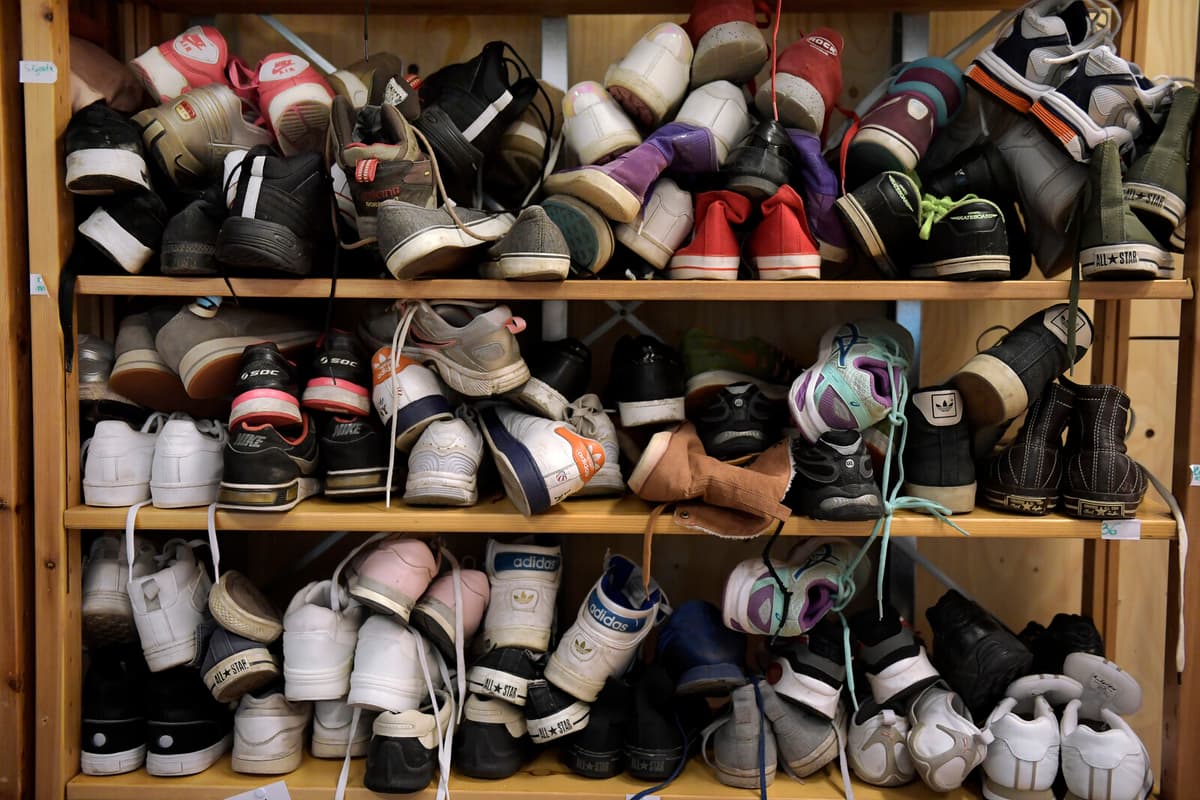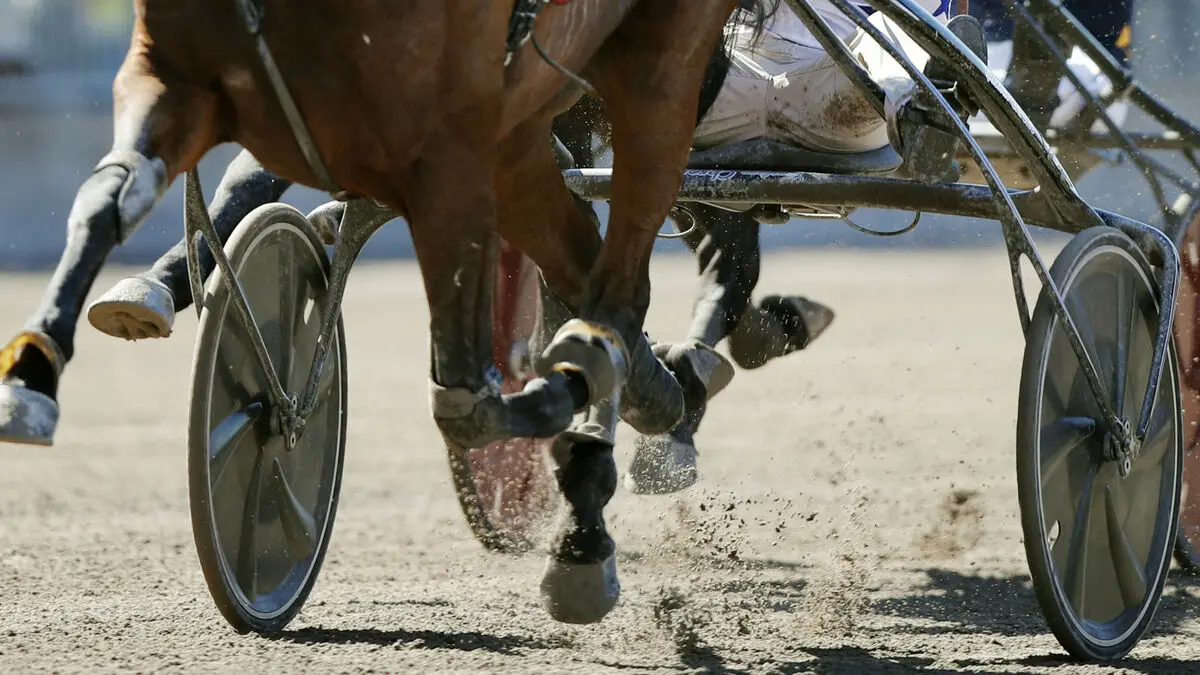The production of shoes has a significant climate impact. They also contain many different parts, often nearly 30 different materials, which makes them difficult to recycle. Today, the vast majority of our discarded shoes end up in household waste.
In a new project, IVL Swedish Environmental Research Institute, together with Wargön Innovation and companies in the shoe industry, will investigate what can be done to increase the reuse of shoes in Sweden.
The main goal is the environmental aspect and to utilize a resource that would otherwise be lost, says Stefan Rydin, project leader at Swedish Shoe Environmental Initiative (SSEI).
Technically possible
One goal of the project is to see which methods are technically and economically possible for the industry.
It's a mapping of reconditioned or reused shoes. What can we do? How does it work?, explains Susanne Eriksson, project leader at Wargön Innovation.
The project is examining all possible types of everyday shoes.
We've mostly looked at leather, but I think there's potential for all types of shoes. Not all of them get worn out, or maybe just one part gets worn out, says Stefan Rydin.
Then we'd like to see if it's possible to recycle parts of shoes, for example, zippers to use on other shoes.
Stefan Rydin and Susanne Eriksson don't rule out that we might also see unique remake shoes, made from parts of different shoes.
Making it attractive
The project is also looking at how to make it more attractive to buy a pair of shoes that aren't entirely new, says Susanne Eriksson.
How do you make it feel fresh to buy a pair of reconditioned shoes? What can be sold? Is there something specific that makes it not work?
Stefan Rydin emphasizes that the stores that have already started taking in shoes that can be repaired, refurbished, and resold have found that very many are in good condition, sometimes barely used.
Even though the shoe industry has lagged behind the clothing industry in circular work, Stefan Rydin stresses that interest is high. The fact that both companies and researchers are now working together is a strength, he thinks.
This collaboration is very valuable and allows the shoe industry to be involved and influence. The industry has a lot of knowledge and has come up with good ideas.
Boel Holm/TT
Facts: Shoes and climate impact
TT
There are many environmental problems associated with shoes. Leather shoes have the greatest climate impact, on the other hand, a pair of high-quality leather shoes lasts longer and is easier to repair than fabric shoes and sneakers.
The biggest problem with leather shoes is the substances used in production. To make the leather soft, it needs to be tanned. Most shoes are chrome-tanned, and if done incorrectly, the chrome is converted into a form that is harmful to both humans and the environment. The biggest problems are with leather goods manufactured outside the EU, where there are no similar regulations.
Artificial leather usually consists of synthetic fabrics coated with polyurethane and can also contain environmentally and health-hazardous substances.
The production of fabric shoes, sneakers, and rubber boots also involves various environmental problems. Glue used to assemble the shoes can contain hazardous solvents, they can be colored with carcinogenic dyes, and the soles can contain phthalates.
Source: Naturskyddsföreningen, Kemikalieinspektionen





